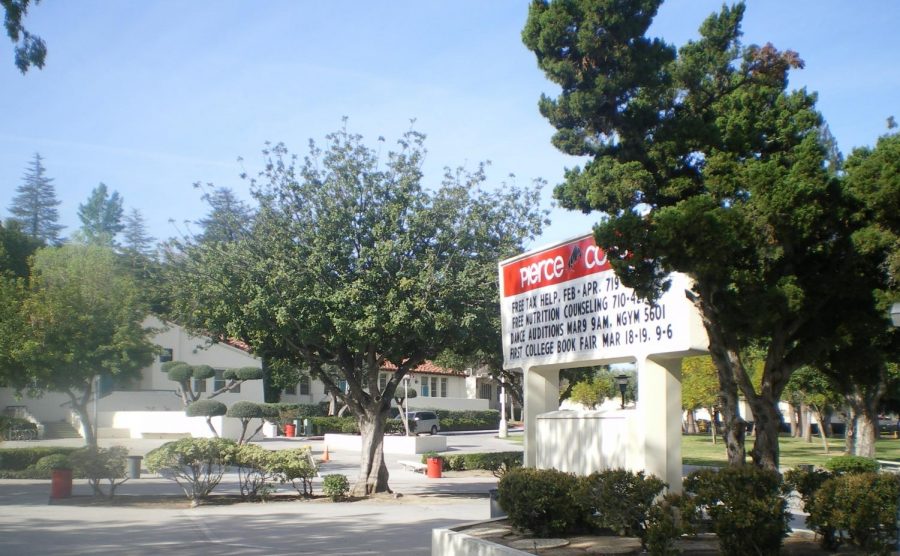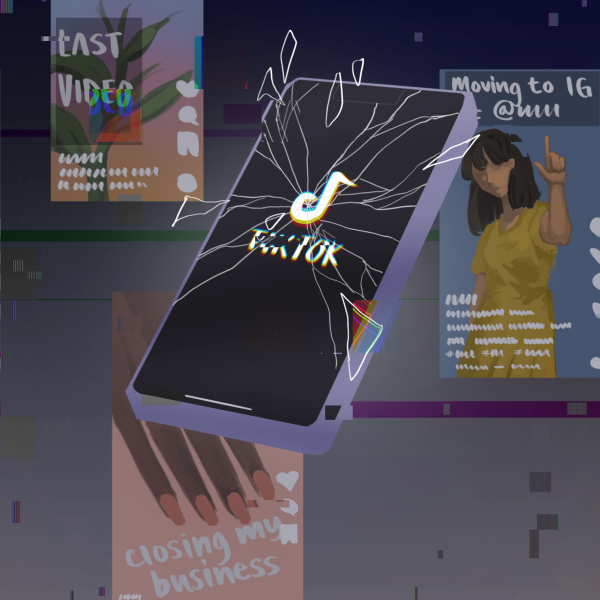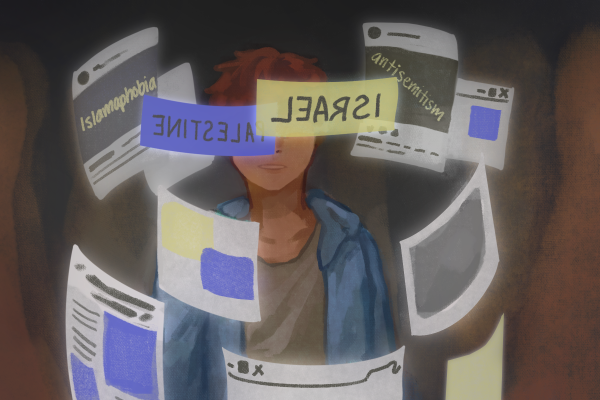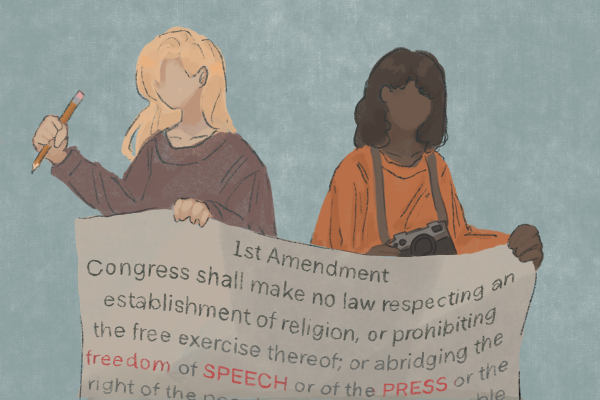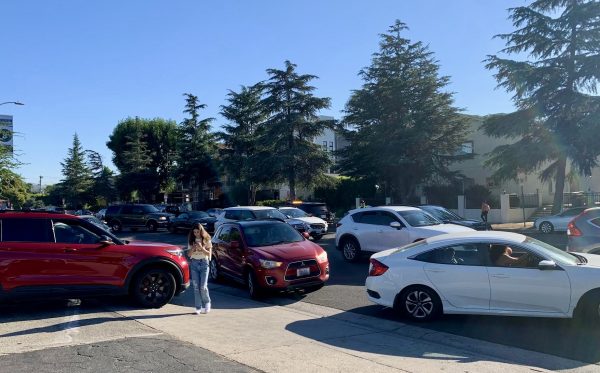Negative community college stigmas avert students from affordable college options
Students avoid attending community college after high school due to negative common misconceptions, despite these colleges being so inexpensive.
April 10, 2018
As states begin to offer cheaper or essentially free community college, it would seem that students would jump at the opportunity. But that is not the case.
“Community colleges have a lot of misnomers put on them because you can’t receive a bachelor’s degree,” counselor Martina Torres said. “But the credits you receive can cover half of a bachelor’s.”
Stigmas against community college are preventing students from fully exploring an option that may lead to a more financially stable and academically successful future. Phrases such as “grade thirteen” or “dropout factories” deter students and their families from seeing community college as a viable option. Although they may not have the prestige of a four-year university, they can offer just as many opportunities and students can get just as much out of them as a regular university.
Misconceptions typically center on ideas that community colleges offer a lower quality of education, or that people who attend community college weren’t capable of getting into a four-year university. This is untrue as community colleges tend to offer unique educational opportunities for niche groups of students compared to larger universities.
Also, many students take advantage of community college for financial reasons and as a way to explore careers and familiarize themselves with college life before attending a four year.
“Being more educated on different programs offered at community colleges will lessen the stigmas against them,” Torres said. “They offer programs not degree associated and students can benefit from those.”
As for the cost of college, community colleges may be the route families should consider taking. Public universities and private universities are ever-increasing the price of tuition for students which can be overwhelming for low-income and even middle-income students. Community college is the most affordable option for students who don’t want to end up with too much student debt.
With New York, Oregon, California, Tennessee and Philadelphia paving the way of free community college, students should take full advantage. Roads to higher education are becoming less exclusive and there isn’t just one single path to garnering a degree. However, letting judgements based off of a lack of understanding stop students from pursuing possible life-changing degrees, is ignorant.
“Students should consider it if it’s the appropriate route for them,” Torres said. “According to availability, financial savings and if it’s a part of their goal, also for convenience.”


